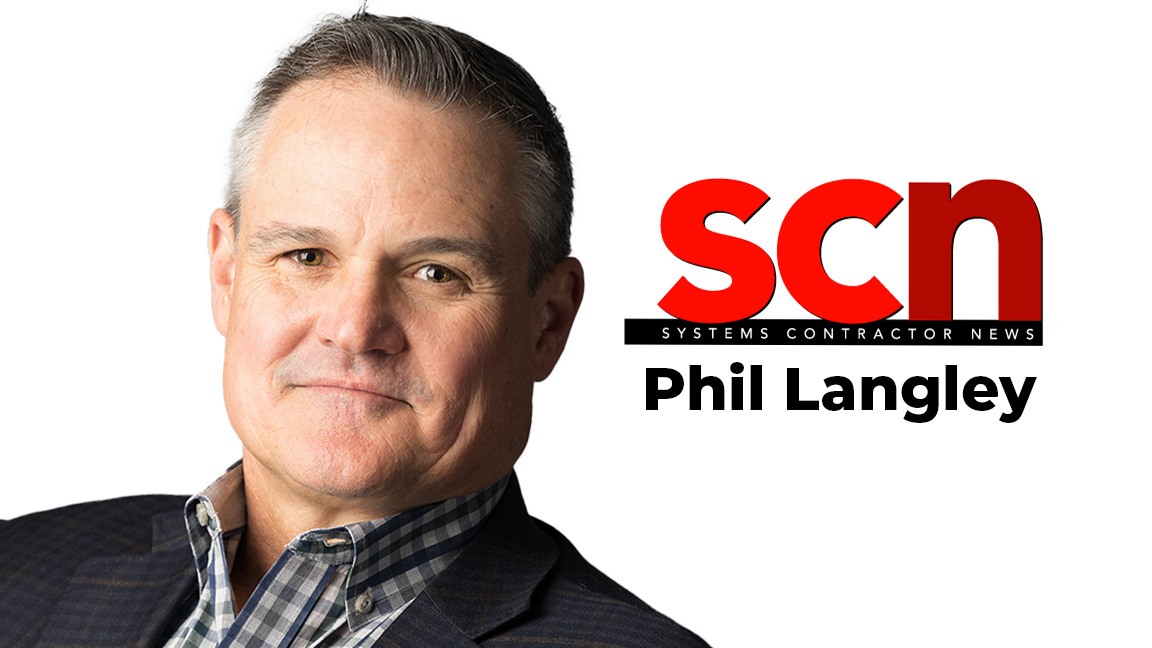Historically, if I asked you to name the first thing that came to mind when you heard the word “distributor,” you’d probably say something like “pick, pack, and ship.” After all, for decades, that has been a distributor’s primary role. They may specialize in different industries or have different geographic footprints, but contractors, integrators, and end users all relied on their distribution partners to source the products, pack them, and ship them to the right location at the right time.
[Tech Perspectives: The Power of Intimacy]
That function is table stakes and always will be—but today’s leading global technology distributors are rewriting the rules with an assist from IT/OT network convergence acceleration, stronger financial foundations, and true global scalability. Customers are taking notice. These distributors are going well beyond “pick, pack, and ship” and leveraging technology, services, labor-saving tools, and more to disrupt the idea of what a global technology distributor can and should be in today’s rapidly changing world.
Service-Forward Approach
Integrators, contractors, and end users across most technology disciplines are facing a variety of headwinds, many of which show little sign of easing. Labor challenges within the global Pro AV industry are a prime example, with tighter project timelines and shifting budgets causing key project stakeholders to lean on their distribution partners in unprecedented ways.
Labor-saving services: Integrators across all technology disciplines are facing skilled labor shortages. Labor availability can impact project costs, delivery timelines, and the volume of business any integrator can manage. Installation enhancement solutions, regardless of technology, can maximize labor efficiency by handling material organization, basic assembly, and other low-skill tasks that can be performed by the distributor off-site, allowing skilled laborers to focus on more critical tasks.
Additionally, leading technology distributors today should be offering project staging, kitting, labeling, testing, and other services that help improve overall labor efficiency at the jobsite. It’s hard to understate the value these services can have to the bottom line.
A large office building, for example, might have dozens of conference rooms that need to be outfitted with collaboration tools, as well as entryways that require surveillance and access control systems. The right distribution partner can ensure that each area’s equipment arrives on site—at the right time—packaged, organized, and even labeled by install location to streamline the overall installation process.
Supply chain and logistics services: It’s no secret that projects are getting bigger. While this can open greater revenue opportunities for integrators, they need to be able to meet the project’s scale—no easy feat when you consider that some projects might span countries or continents.
The right global distribution partner can provide supply chain solutions that allow integrators to meet their customers’ needs wherever, however, and whenever those might be. At the same time, they also have the local market presence and expertise required to understand each jobsite’s unique challenges. As an added benefit, this means that integrators don’t need to spend time managing those tasks.
Training and consulting services: Technology changes fast—even the most seasoned integrators can struggle to stay on top of the latest Pro AV, physical security, wireless, 5G, IoT, or building management solutions, let alone understand how to install them properly. Leading distribution partners can remove that burden by providing accredited training and/or consulting services. For example, the distribution partner can provide network and solution design, best-in-class solution identification, and other services that enhance the value integrators bring to their own customers.
Lightening the Load
Beyond global sourcing capabilities, the right distribution partner will also have supply chain, logistics, and other expertise to profitably provide what’s needed for today’s larger global technology deployments. This includes everything from increased transparency and seamless technology integration to highly skilled labor, optimized vendor utilization, and even improved sustainability.
Through the SPOD model, the right distribution partner can also positively impact the integrator profit P&L in a variety of ways.
This new and more collaborative distribution model, dubbed strategic point of distribution (SPOD), is already helping integrators deliver end user projects faster and more profitably. A key element of the SPOD model is increased upfront collaboration between all parties—distribution partner, integrator, and end user—to help reduce costs, increase efficiencies, and enhance project profit to everyone.
Through the SPOD model, the right distribution partner can also positively impact the integrator profit and loss (P&L) in a variety of ways. For example, greater visibility and reporting increases efficiency and reduces confusion. And when a distributor knows which products will be needed for a project before they’re ordered, they can help review and consolidate vendors, which simplifies projects, reduces costs, and increases overall project profitability.
Integration partners enjoy better cash flow, reduced inventory costs, increased working capital, and a healthier overall P&L. Specifically, a more efficient inventory approach translates to enhanced working capital prior to deployment. Project solutions stay on the distributor’s balance sheet until on-site arrival and only then, once project billing begins, does the integration partner take ownership.
SPOD in Action
While traditional Pro AV projects have become less complex, they have also increased in scope and volume. Integrators in this industry need distribution partners who can go beyond the basics and help them meet these challenges.
For example, global AI cloud providers can manage multiple large-scale data center builds simultaneously. The provider may not only need significant quantities of expensive and sensitive equipment, but also complex material and labor management solutions to navigate simultaneous build schedules across multiple geographies.
The more traditional “pick, pack, and ship” distribution role could not provide the solutions required to ensure timely completion. On the other hand, the SPOD model was created and designed to handle situations just like this.
Traditional procurement and shipping functions will always be critical components of project planning and deployment. But through advanced services and innovative, collaborative distribution models, global distribution partners are positively disrupting the idea of global distribution.
[Blueprint for Success: Finding Balance in Cybersecurity]
Together, these services can bring unprecedented benefits to the integration partner and end user, whether they are local, regional, or global. Integrators can better navigate the labor and financial challenges associated with project planning and deployment. End users can rest assured that the solutions they invest in are top of the line and will meet their unique needs. And both parties can expect an efficient and effective project timeline.

